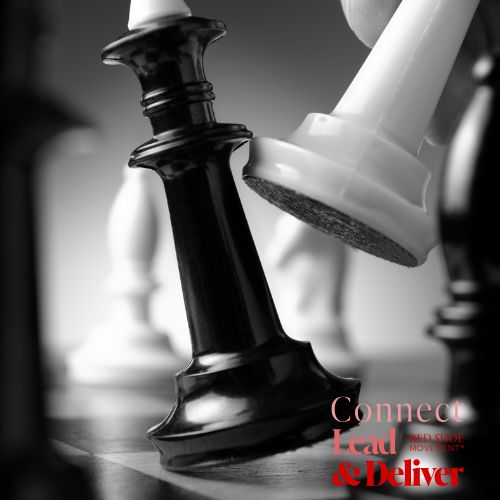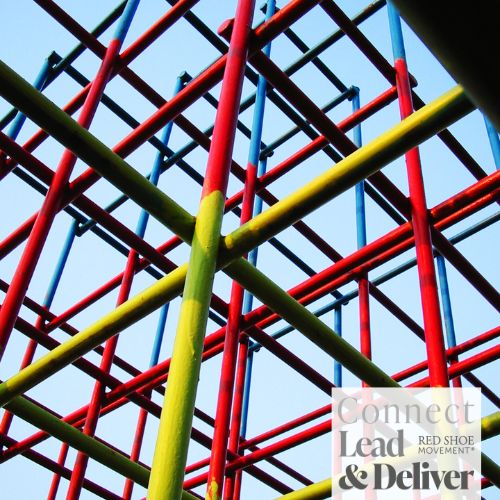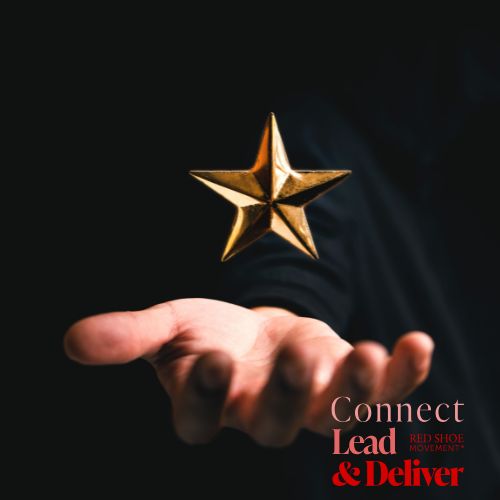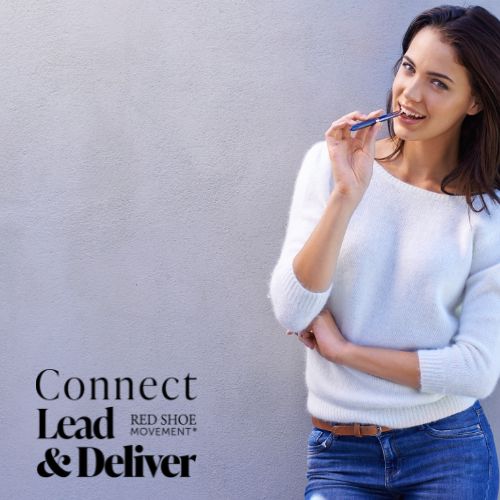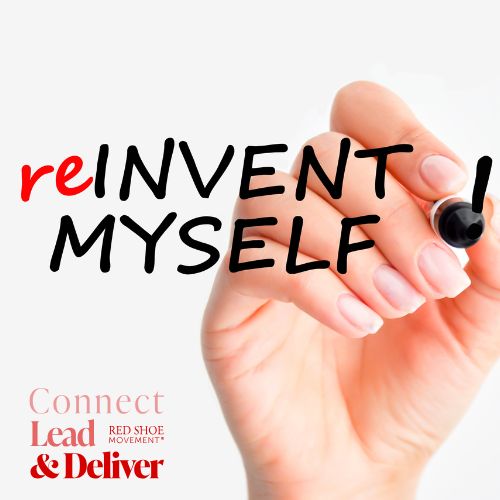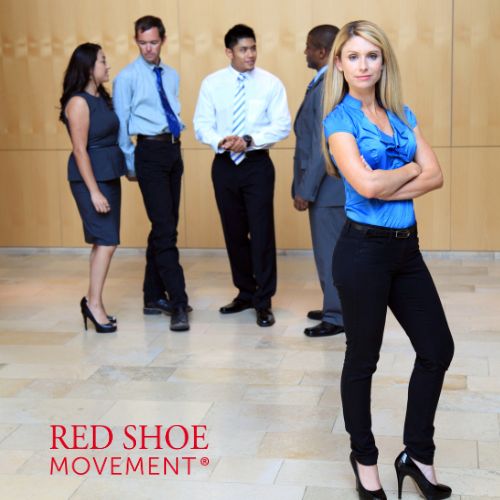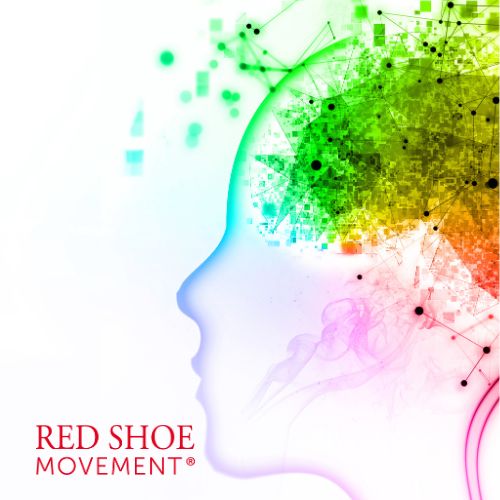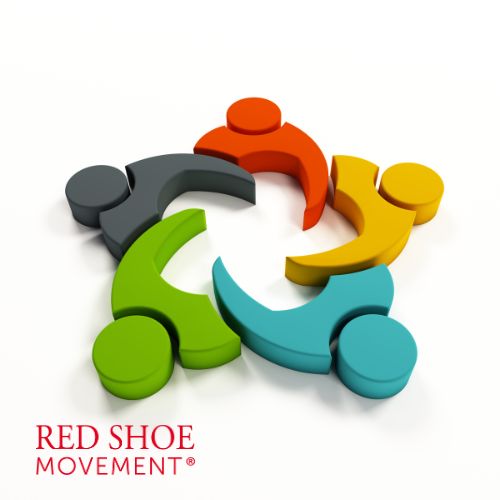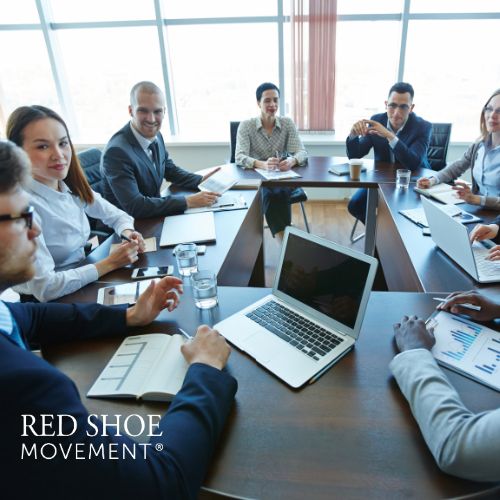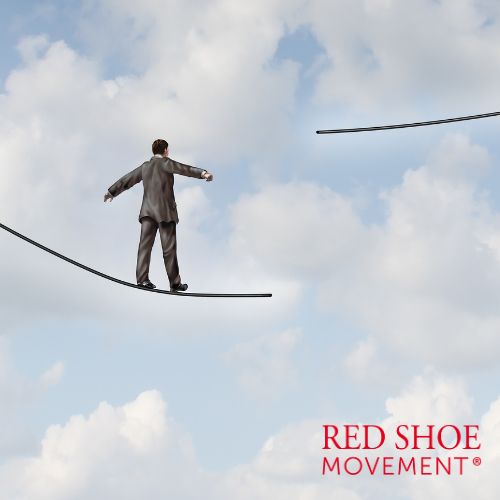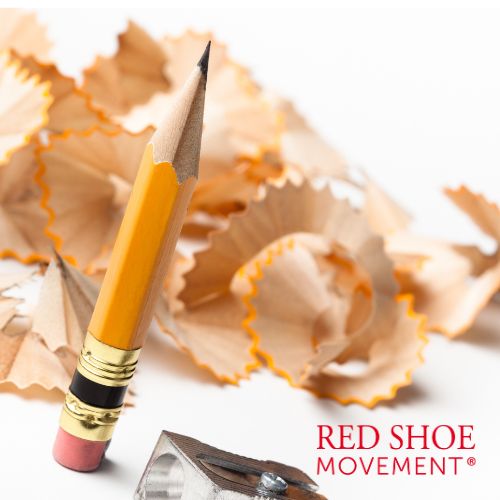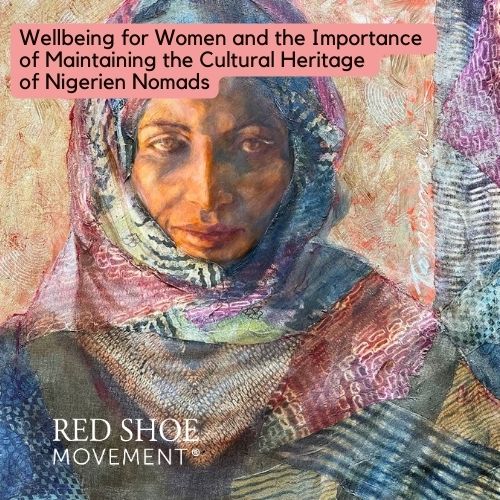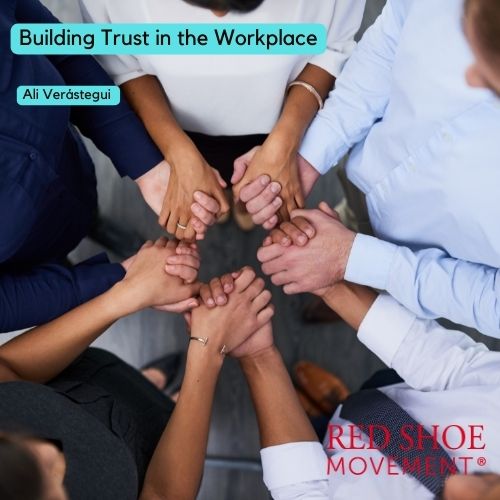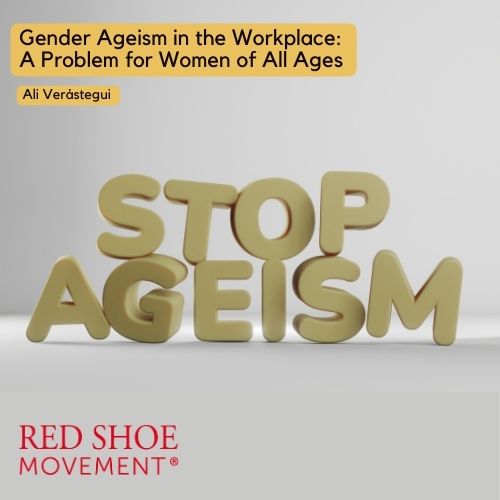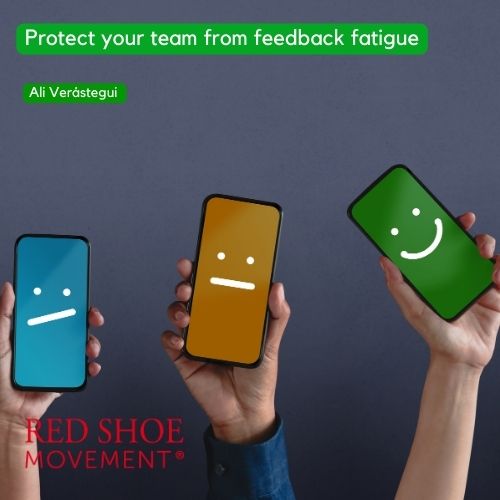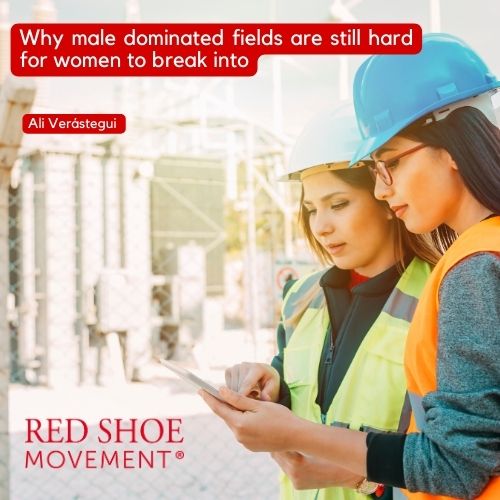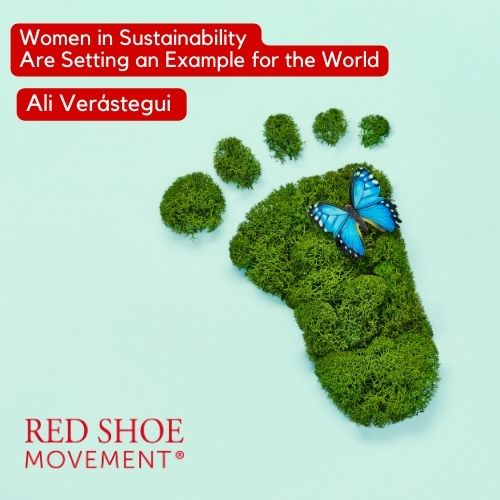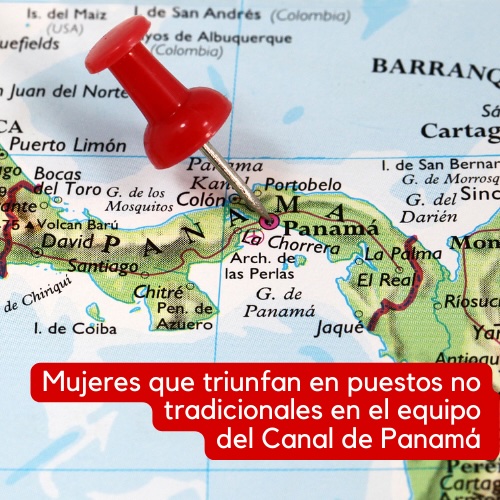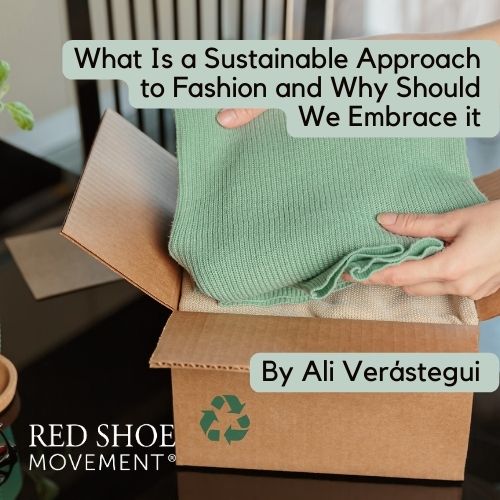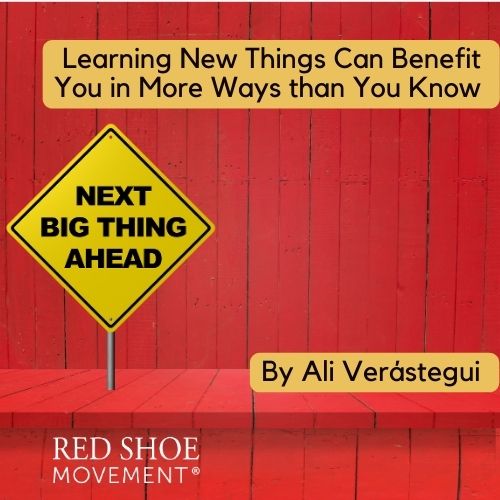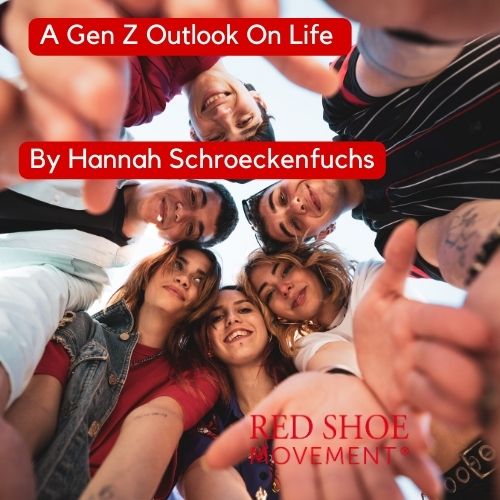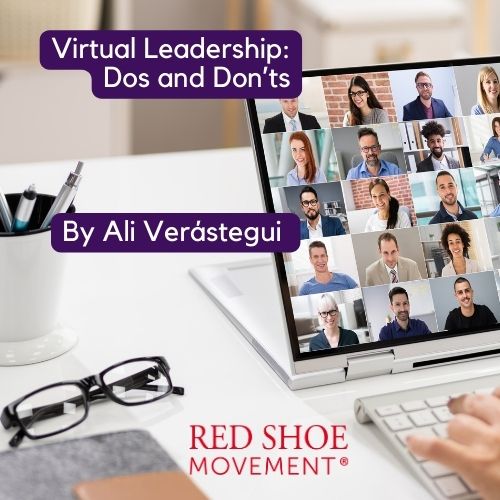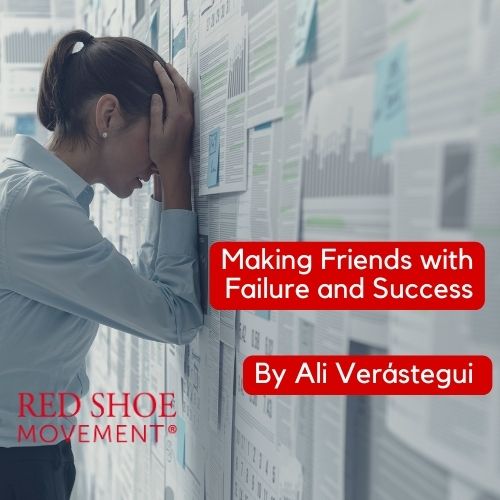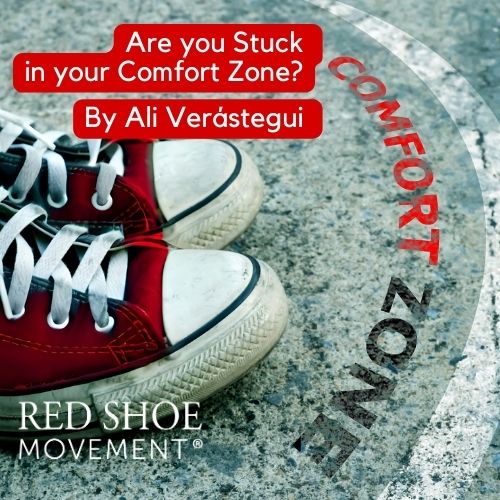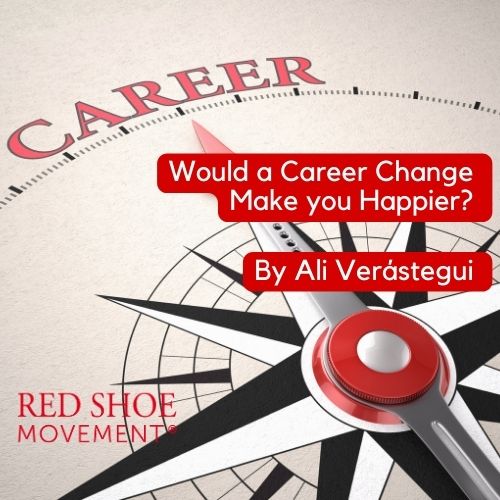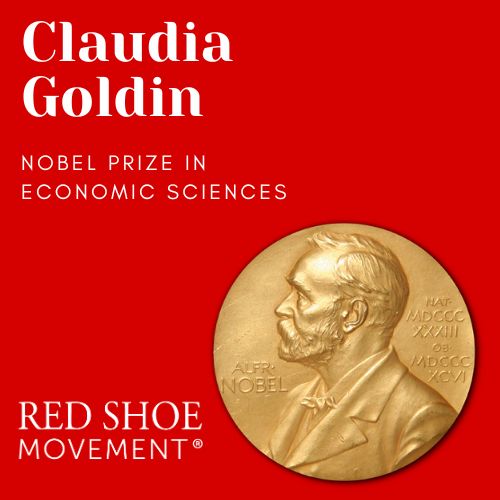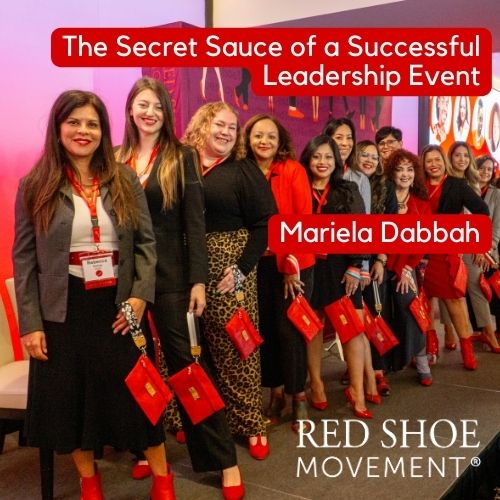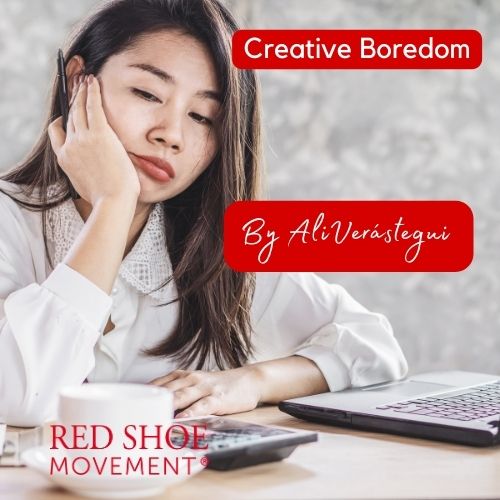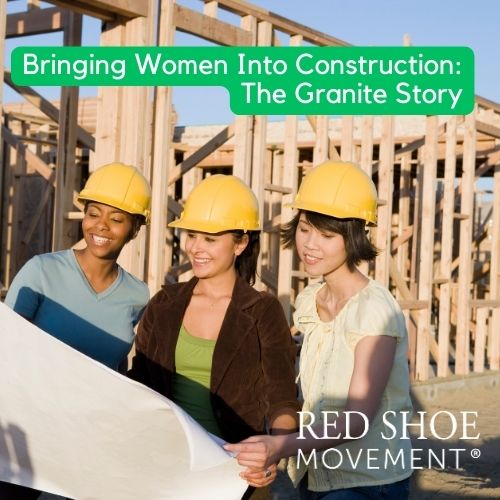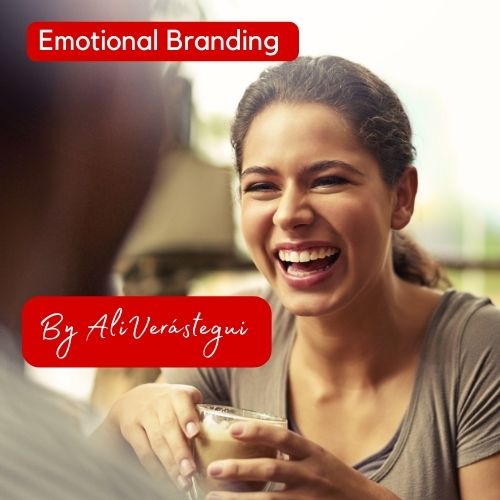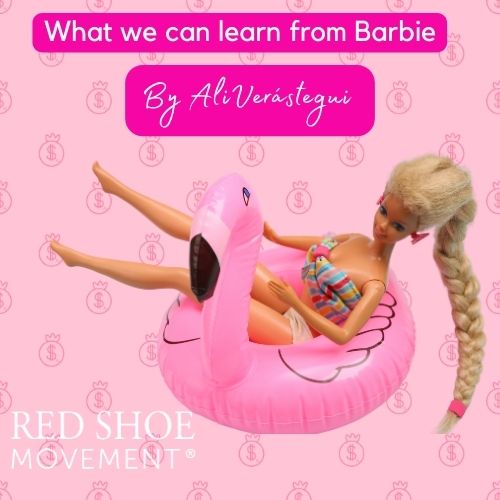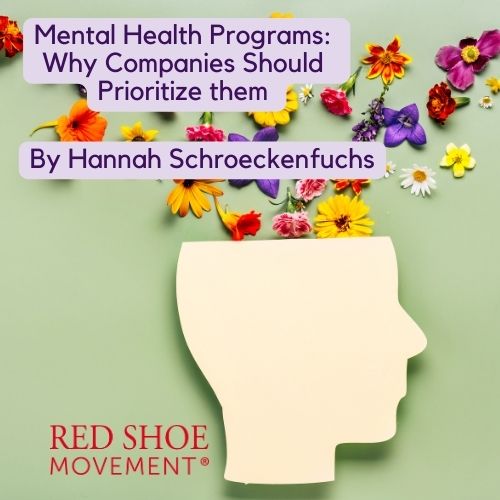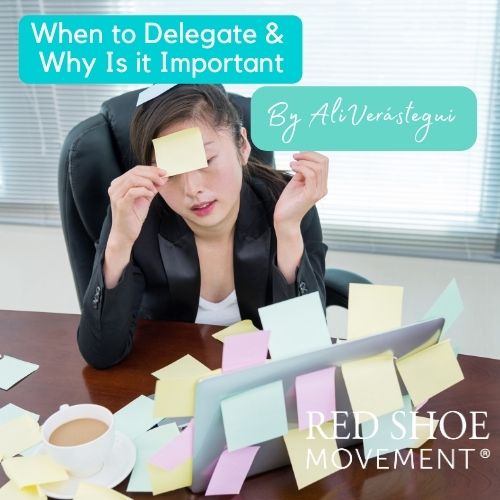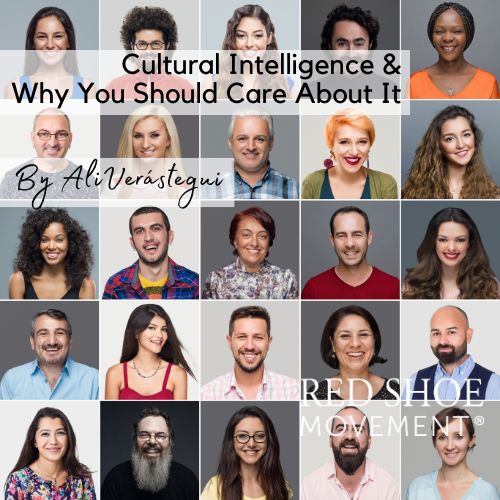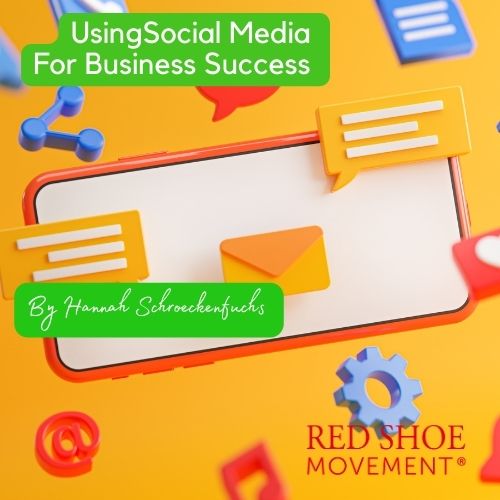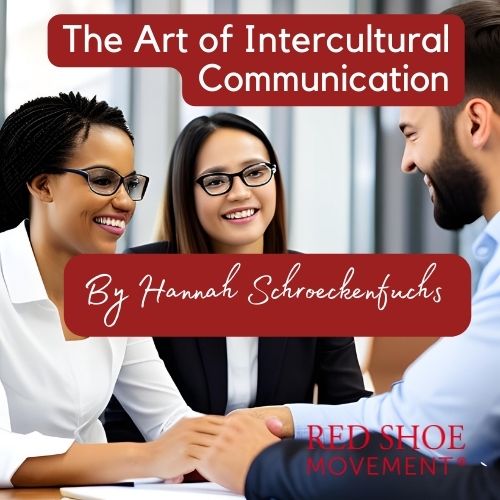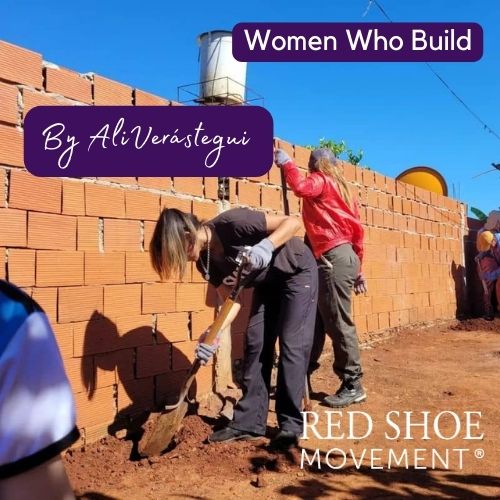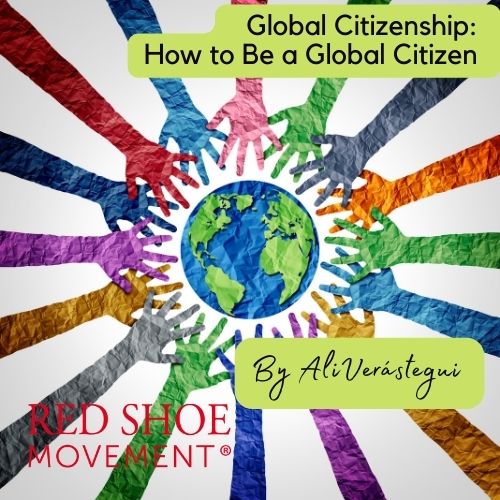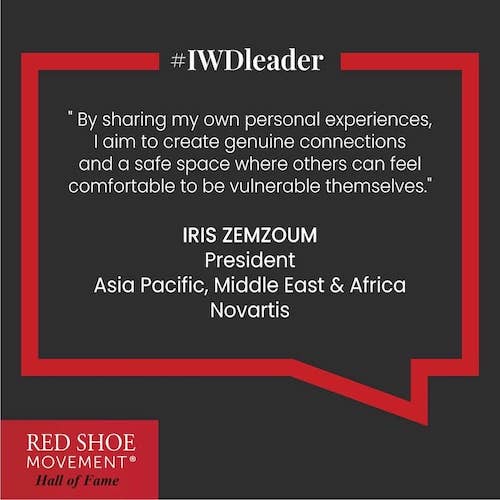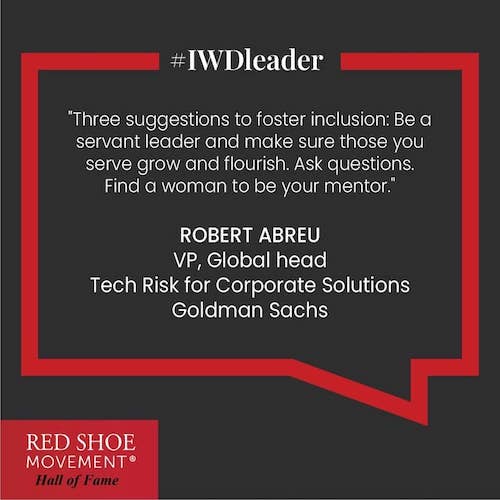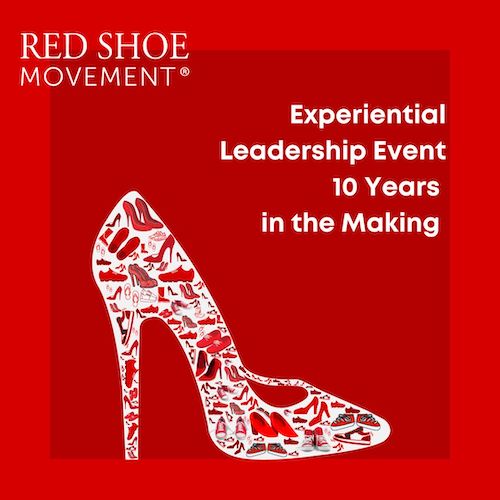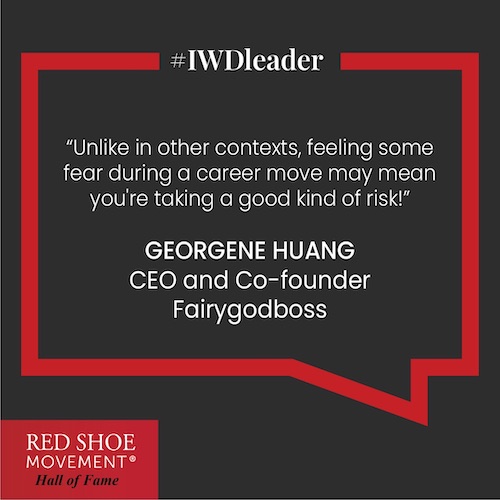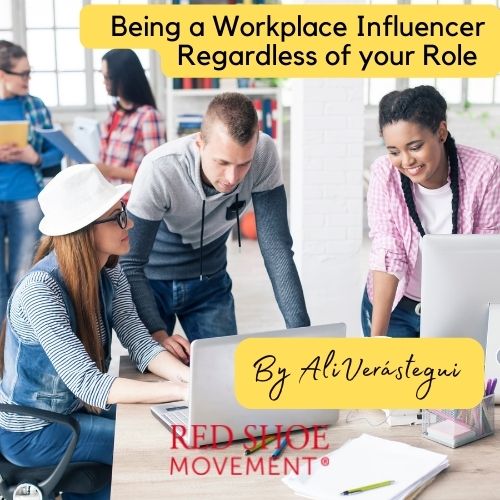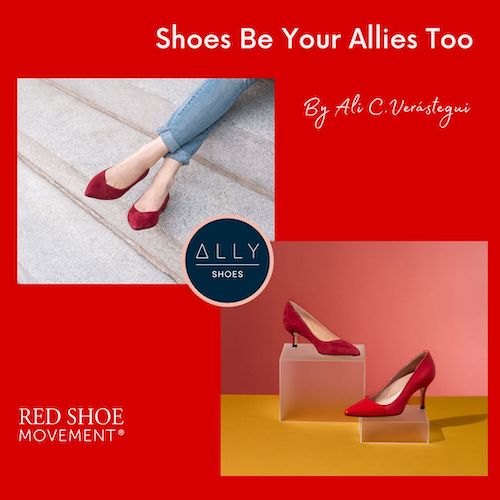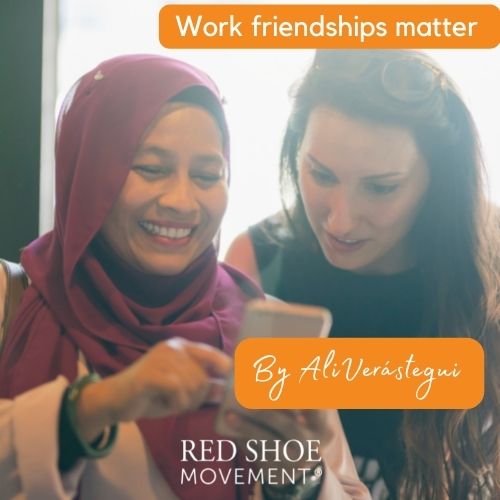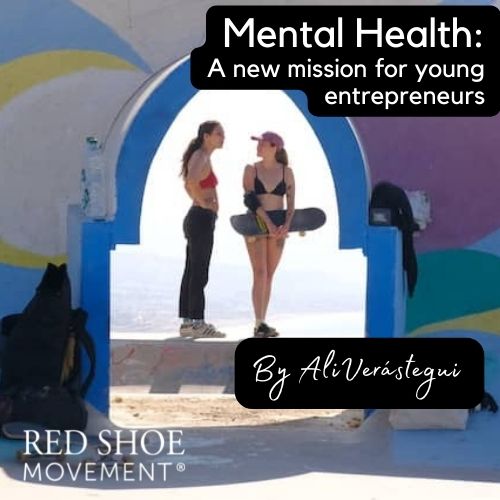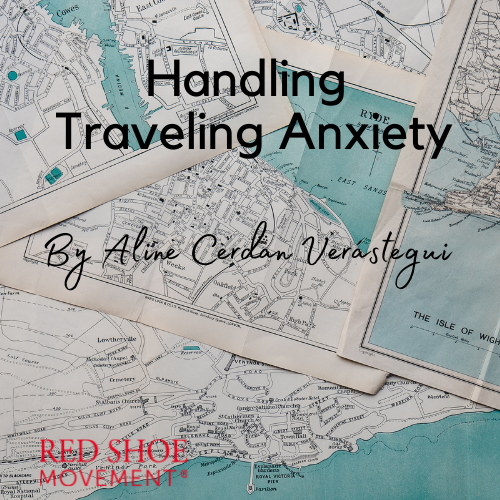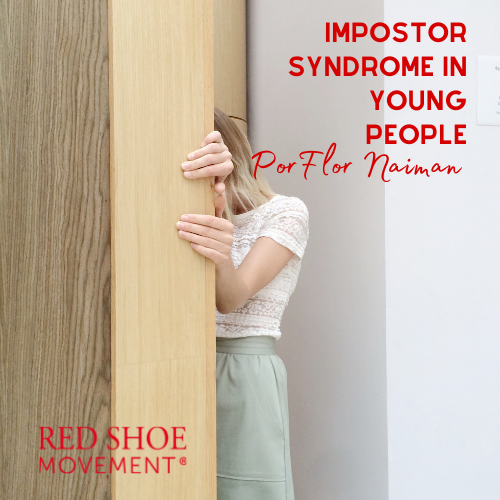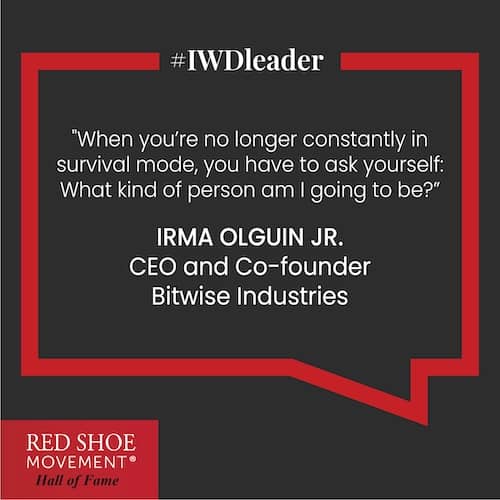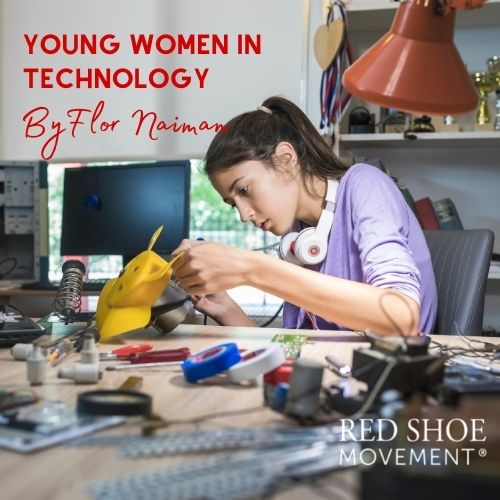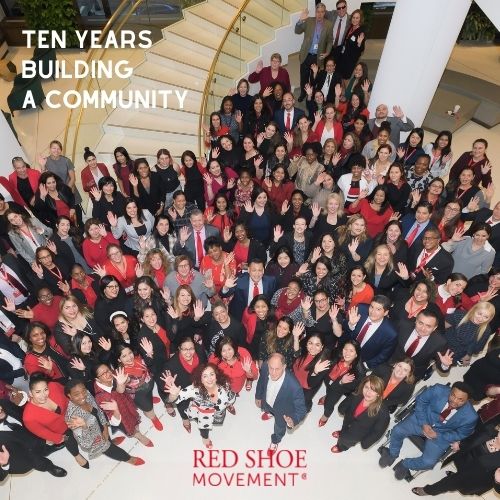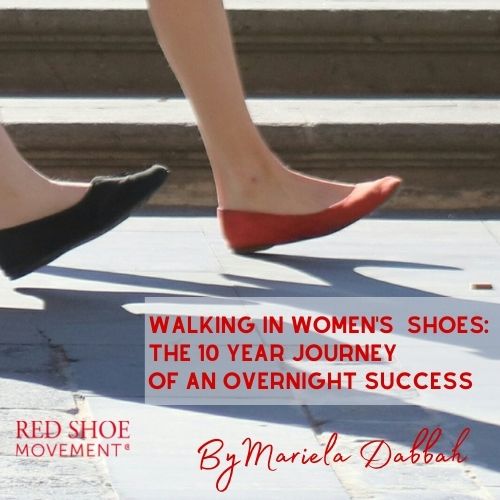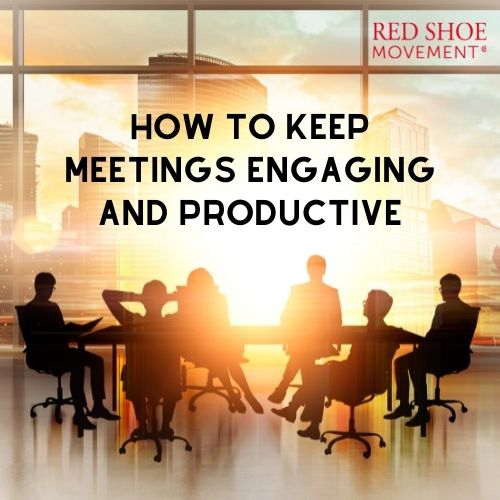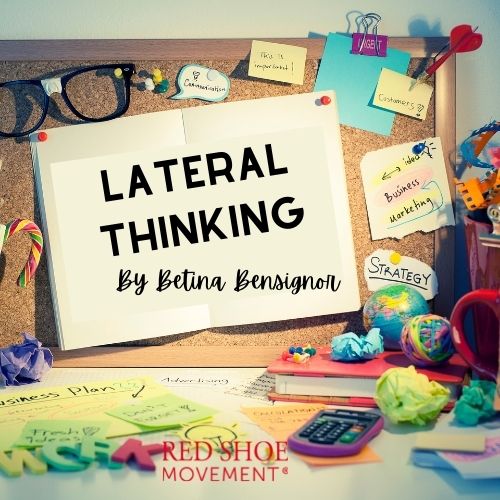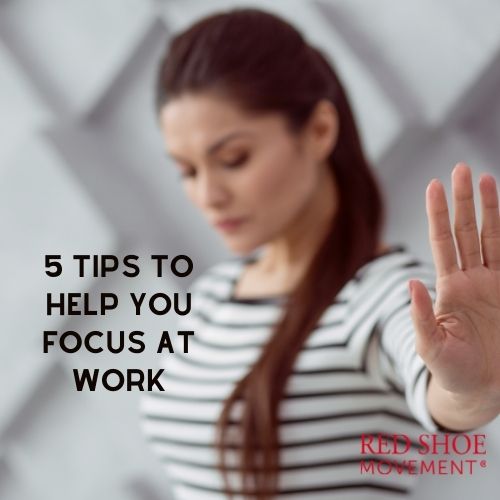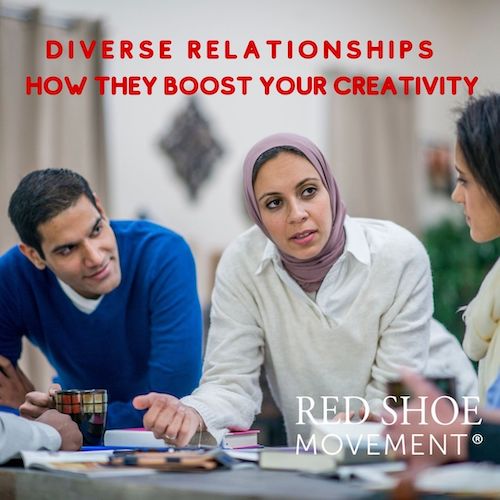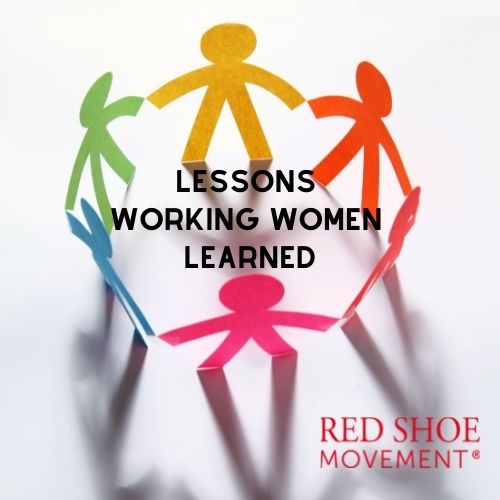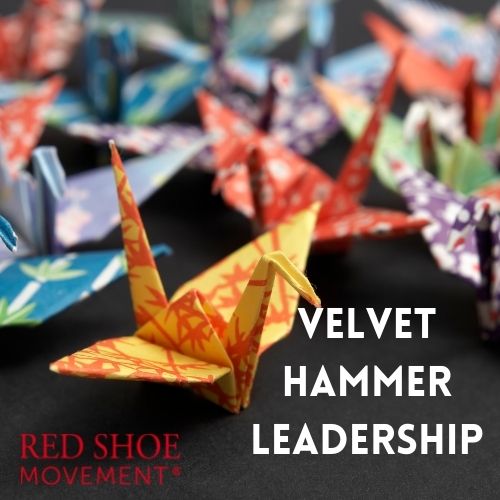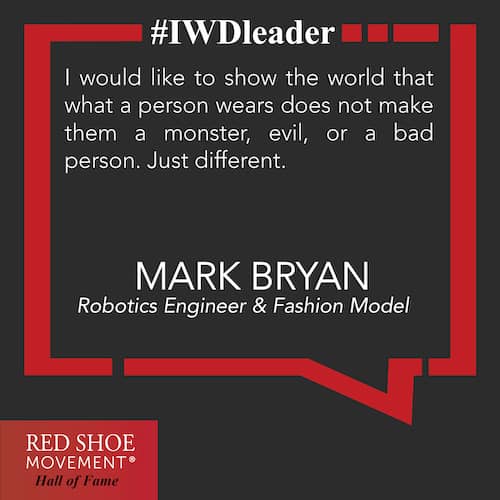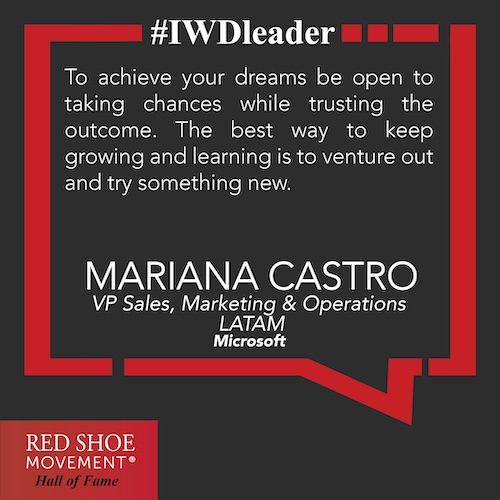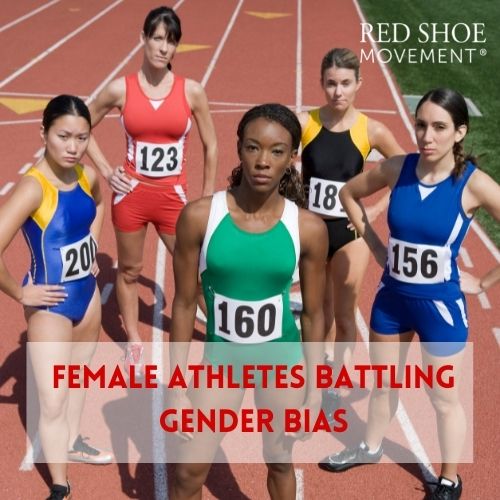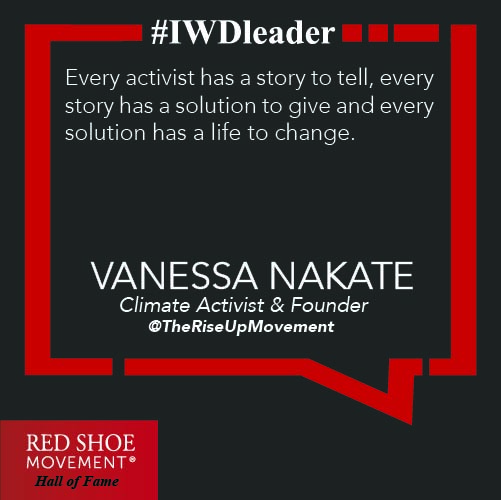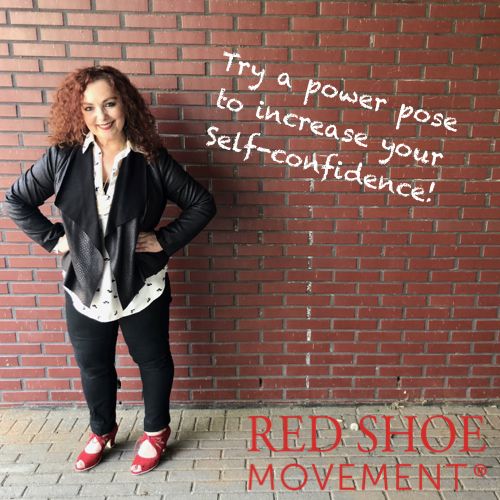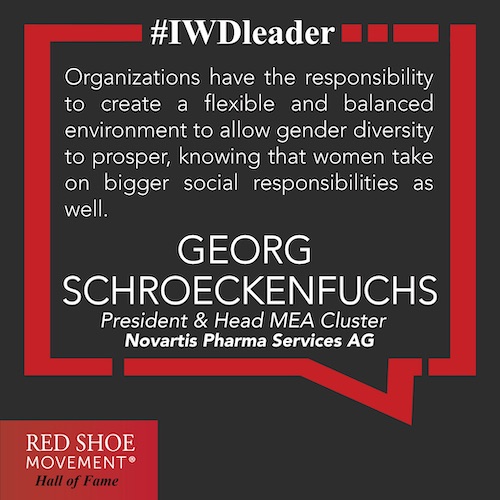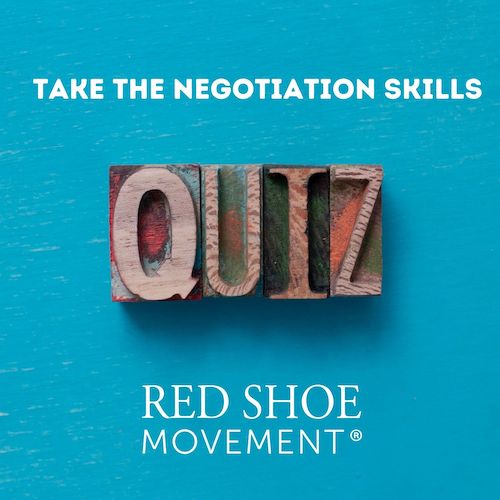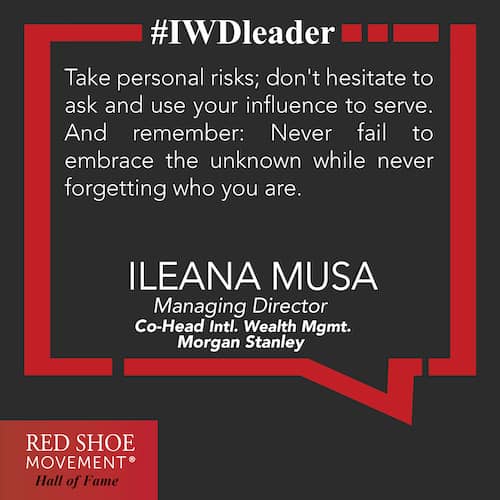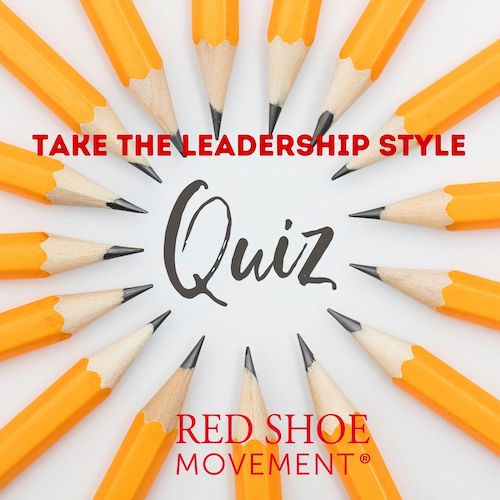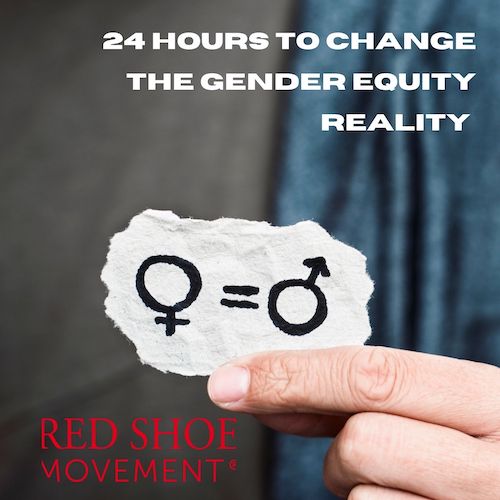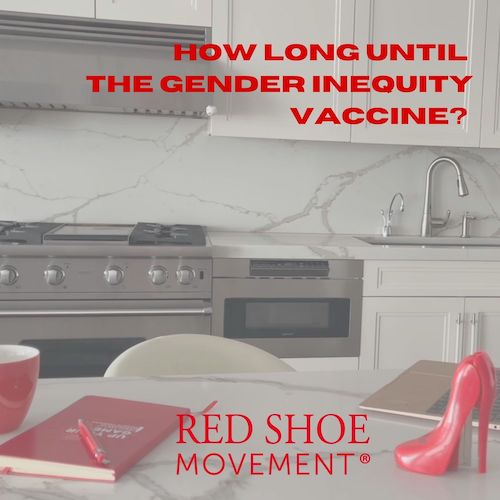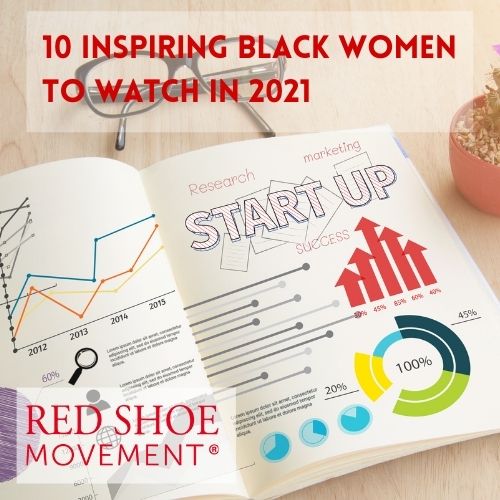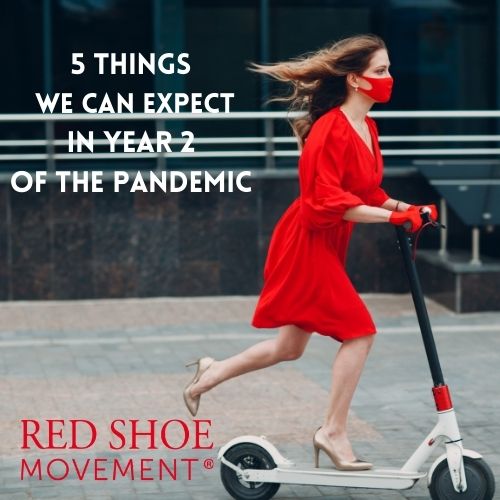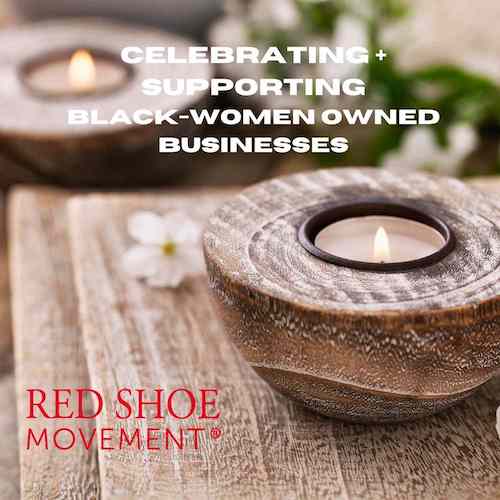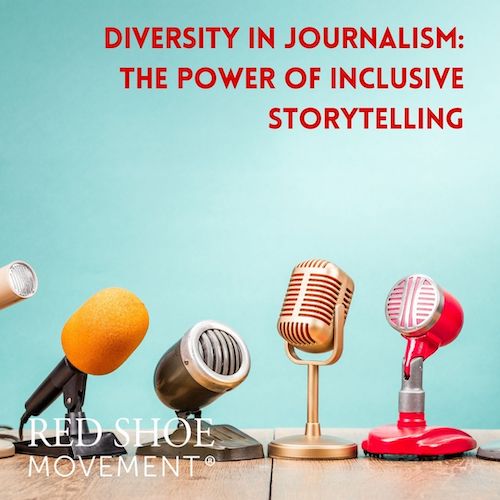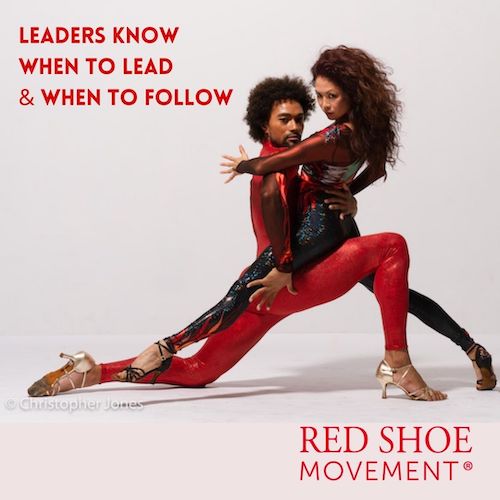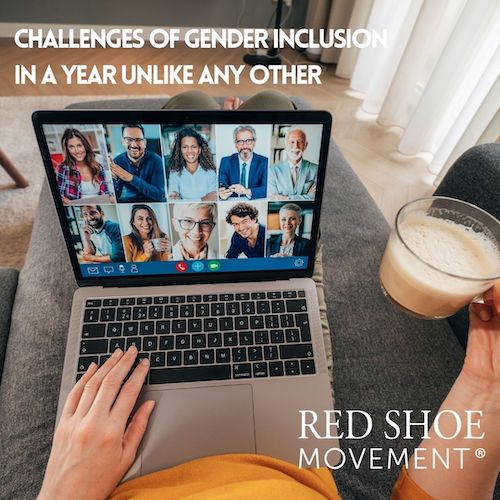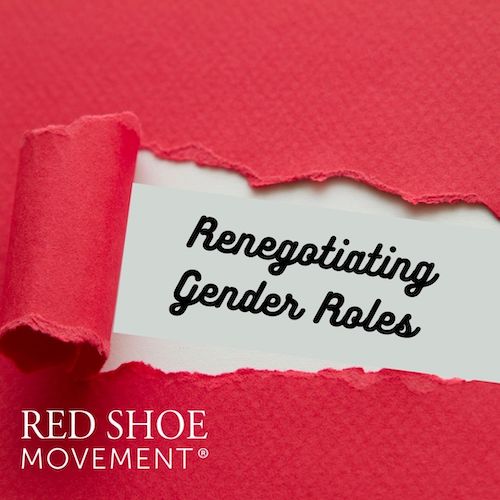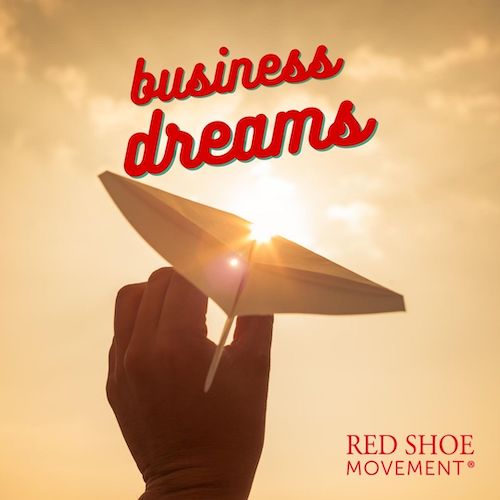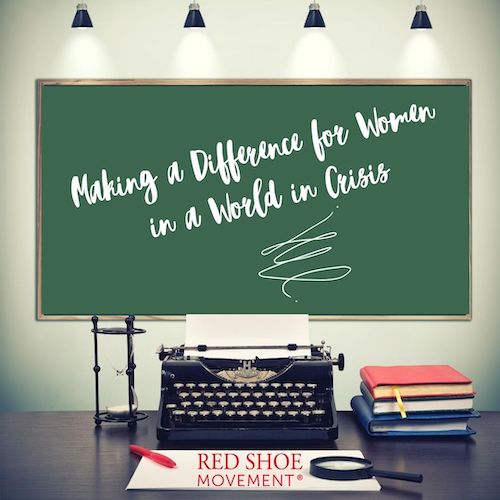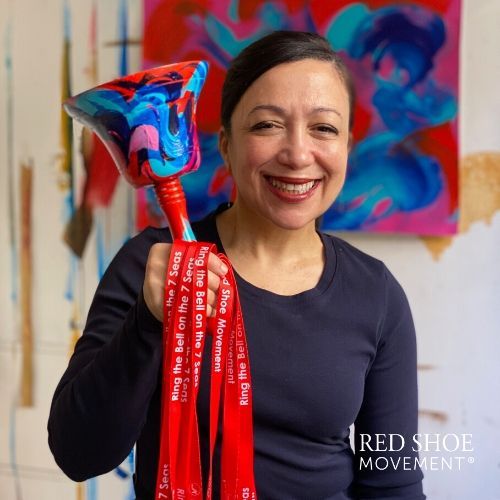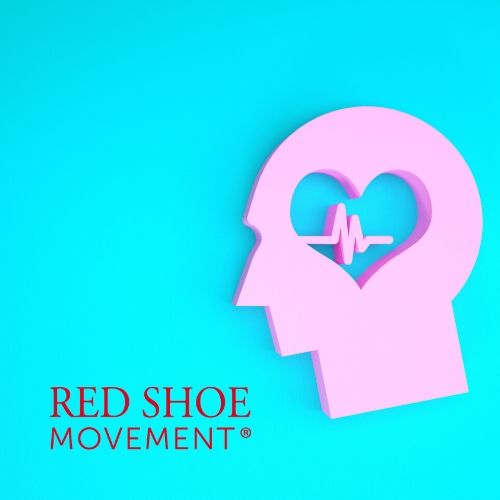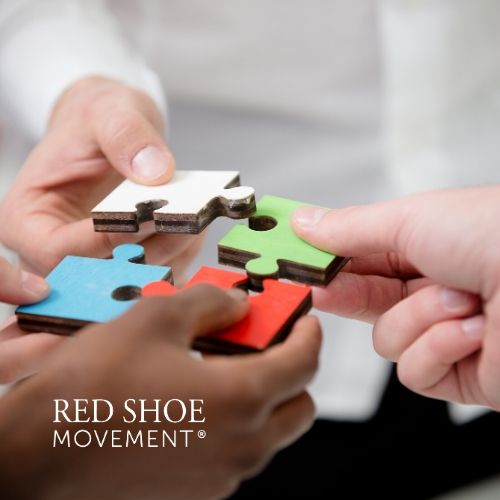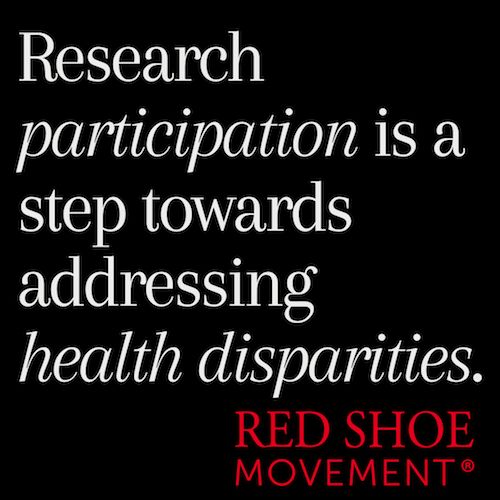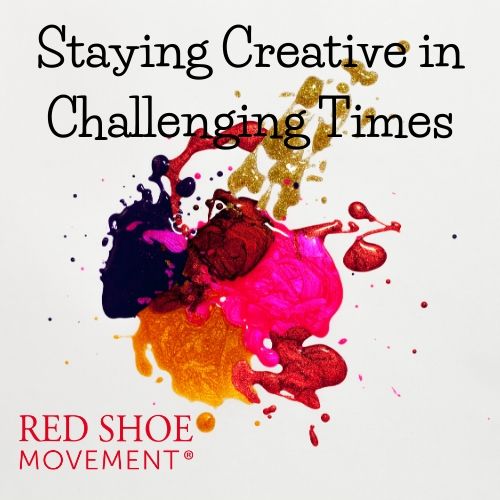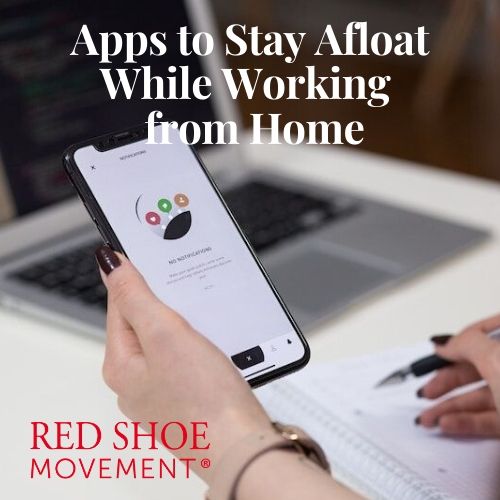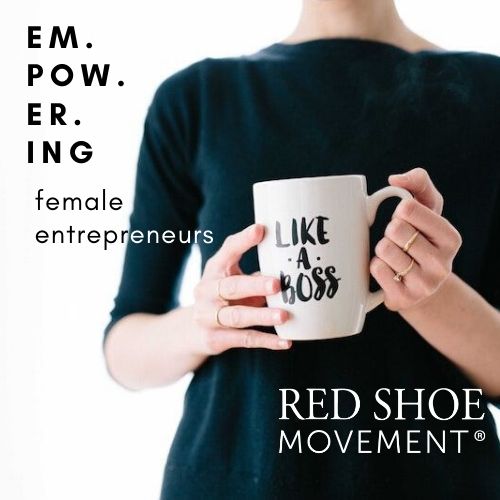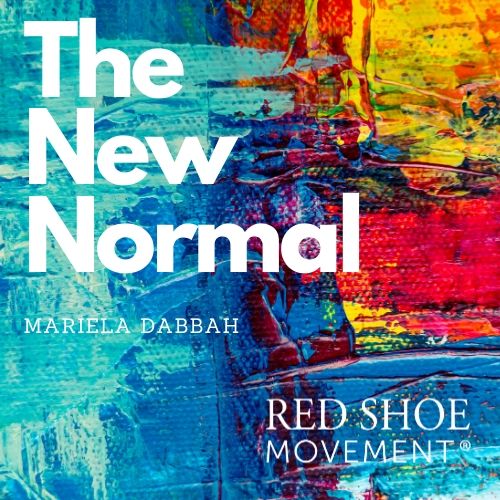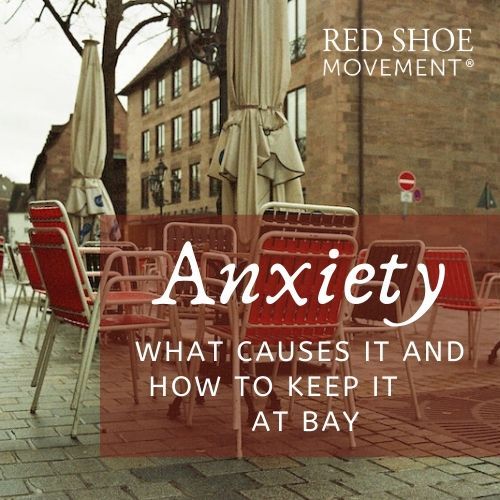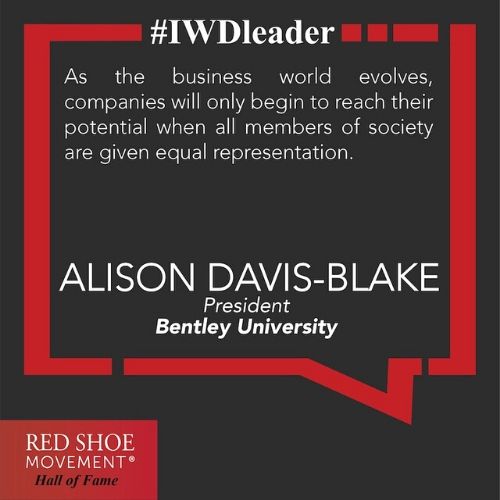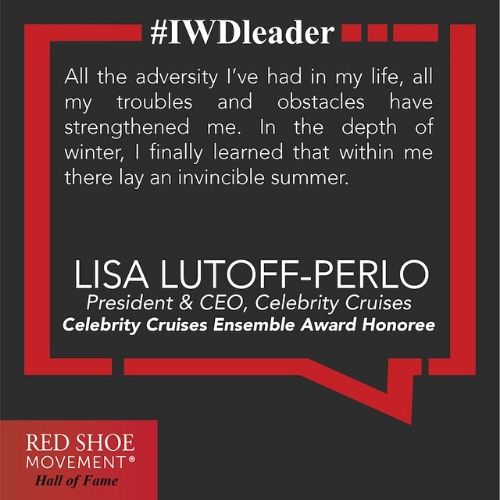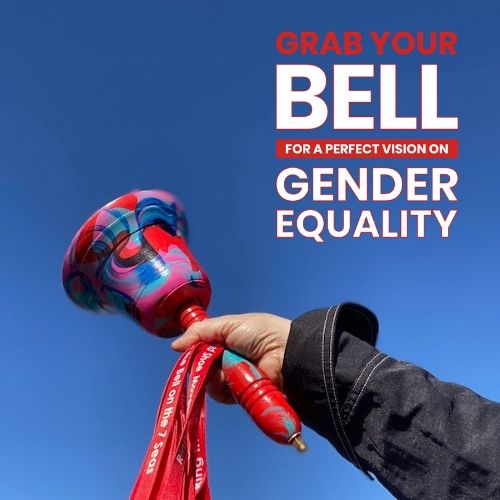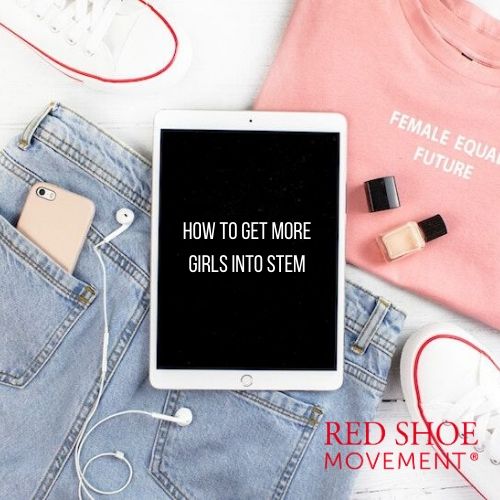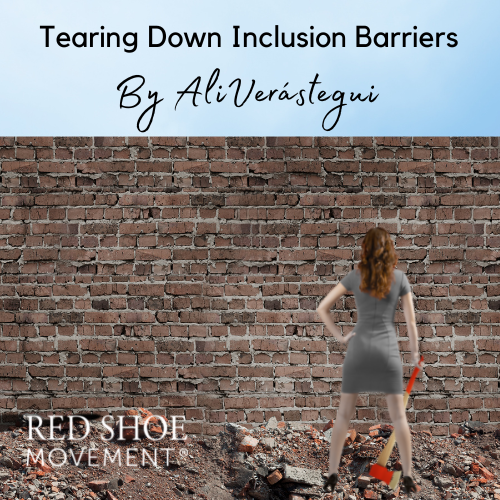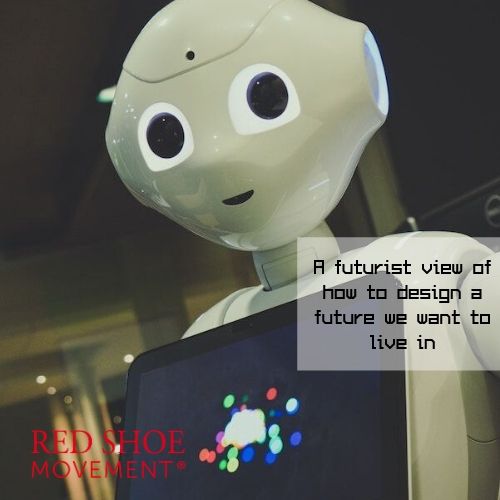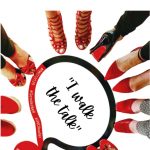When we talk about Women in STEM it’s usually to highlight how few there are. My goal in this post is to share the story of a young student who’s breaking this stereotype. Andrea de Anda Kuri at the age of 22 is pursuing not one, but two degrees in engineering. I promise you’ll walk away inspired by her!
Being a woman in STEM (Science, Technology, Engineering and Math) can sound challenging, and it is. Nonetheless, Andrea is simultaneously pursuing careers in both Industrial Engineering and Computer Engineering at the Instituto Tecnológico Autónomo de México. “At first I started with just one, and I realized that I liked it. Then I noticed there was another one that I was also interested in. When I was in the second or third semester of my first engineering degree, I said ‘let’s add another one’, so now I’m doing two.”
According to Unesco, incorporating women into STEM contributes to economic development.
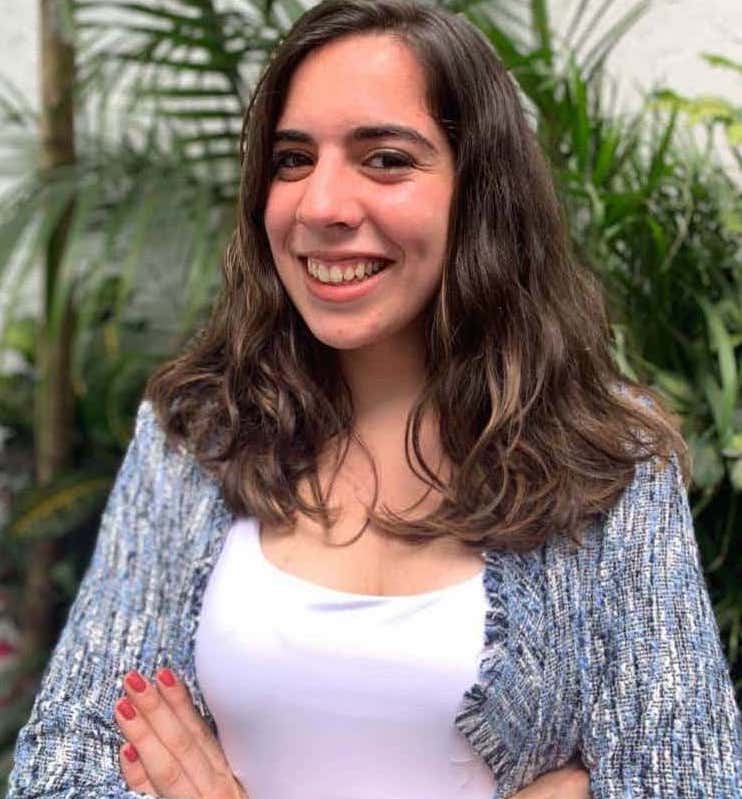
And as impressive as this sounds, that’s not the half of it. Andrea also studied to be a cheff and she already has her title. “I used to joke about it. I said that if I didn’t like engineering, then I was going to study to be a chef. I ended up finding a place where I could study this on Saturdays, and that’s how I also got a chef degree.” I start to notice an underlying theme, which she is quick to remark on: “I really like studying. I like learning.”
Nobody in her family does what she does, but that didn’t stop her. She has plenty of female role models, each with their own path, and she has adopted the best from each of them. They support each other, “When I got home and told my mother [that I wanted to sign up for a second degree], she told me to do it, that it was great. That also helped a lot.”
Andrea says she wanted to study Chemistry, and that she was then torn between Architecture and Engineering. “But there was this teacher who told me that I had the potential to be a woman in STEM, and that women were needed in this area,” and that’s when she made her decision.
I’m intrigued by the concept ‘women in STEM’ she’s bringing up, and I ask her what she thought of this when she saw it as an outsider. “I knew it was a difficult field, but I didn’t think it would be so extreme. Once I was in, I realized that we were very few women. We had classes in which we were twenty-something students, and only two of us were women.”
At first she got along mostly with men, but when she started befriending her female peers, they “came together as women in STEM”, as she puts it. “I was afraid that since there were just a few of us, it would turn everything into a competition to see who stood out, but it was just the other way around. There are so few of us that we support each other to stand out as a group. And that’s something I really like.”
Andrea is determined she wants a woman to mentor her for her thesis. During this quest, she found a teacher who helped her reflect on the gender gap in salaries and in quotas. “There are five engineering departments in my school, and only one of the heads is a woman. There aren’t many female teachers either.”
These are already very complex fields, and being a woman makes it considerably more difficult. There seems to be a general belief that women are not -and can’t be- qualified to participate in these spaces traditionally occupied by men. But for Andrea, as for many other women, that’s not an obstacle, because she’s confident in what she does.
How to get more girls into STEM
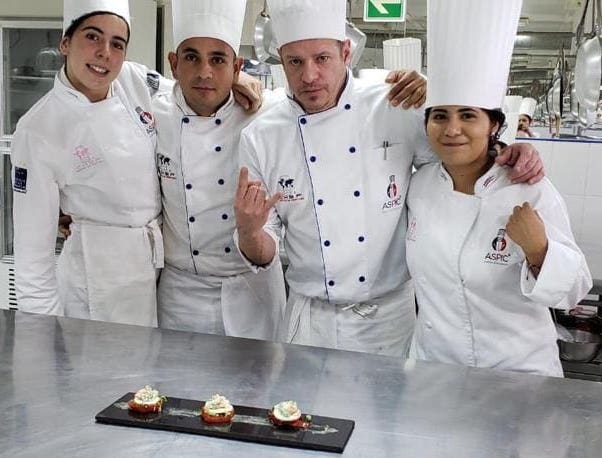
SOL FELDSZTEJN– You feel motivated by challenge, don’t you?
ANDREA DE ANDA KURI– Yes, definitely. I knew that this degree was a hard one, I did my research, but that didn’t stop me. I grew up surrounded by many women. My mom has three sisters. She’s the oldest one, and an excellent lawyer. She works at the Supreme Court of Mexico, and she’s always been a great role model for me. Then there’s my aunt Lore, for example, who’s an incredible woman as well. I lived with her for a year. She cares a lot about diversity and inclusion.
I also grew up in my grandmother’s house, who is a brilliant woman, so there’s that.
SF –Why do you say your grandmother is a brilliant woman?
AAK –She studied two majors, she also has masters degrees and a doctorate, and she loves to teach. She has always motivated me to be better. She and all my aunts.
SF –In your family they never questioned you. But outside of your close circle, what myths or misconceptions do you think there are regarding women in STEM?
AAK –Especially the older generations cannot believe that there are women in this area or that they can be any good. It’s a problem.
For instance, a year ago I had an interview for a job to design a website. I got to the interview, and while we talked, the person wouldn’t make eye contact with me. Once it was over, I told my mom, “I knew it was going to be difficult to be a woman in STEM, but I never thought it would be this difficult. Because even though I definitely knew what I was talking about, they didn’t take me seriously.” It was very shocking to realize that there are people who believe that because we are women we don’t know what we’re talking about.
SF – Unfortunately it’s one small experience that reveals something much bigger, how did that change the way you act?
AAK –At the moment I didn’t say anything. I tried to answer the questions as best as I could, and to give them a little more too. If this person didn’t believe that I knew my stuff, I had to prove to them that I did. I think I also wanted to prove it to myself.
When I left, I realized that it’s more difficult for me than it is for many of my friends, and that I have to try harder to stand out and succeed in this world in which there are people who are very closed-minded and believe that because we are women we won’t be able to do these things.
This takes me back to something she’d said to me before, “I’ve had classes where it seems like the teachers refuse to believe that we can do better than men. What ends up happening is that I do the same amount of work as my male peers, or even more, and I get lower marks than them. There were times when I was doing everything to excel and my grades didn’t show it. When this happens I always try to push myself a little more and see what else I can achieve. I try to study as much as I can, take courses, participate in extracurricular activities… I basically see what I can do to have that little extra something that unfortunately we need to have sometimes.”
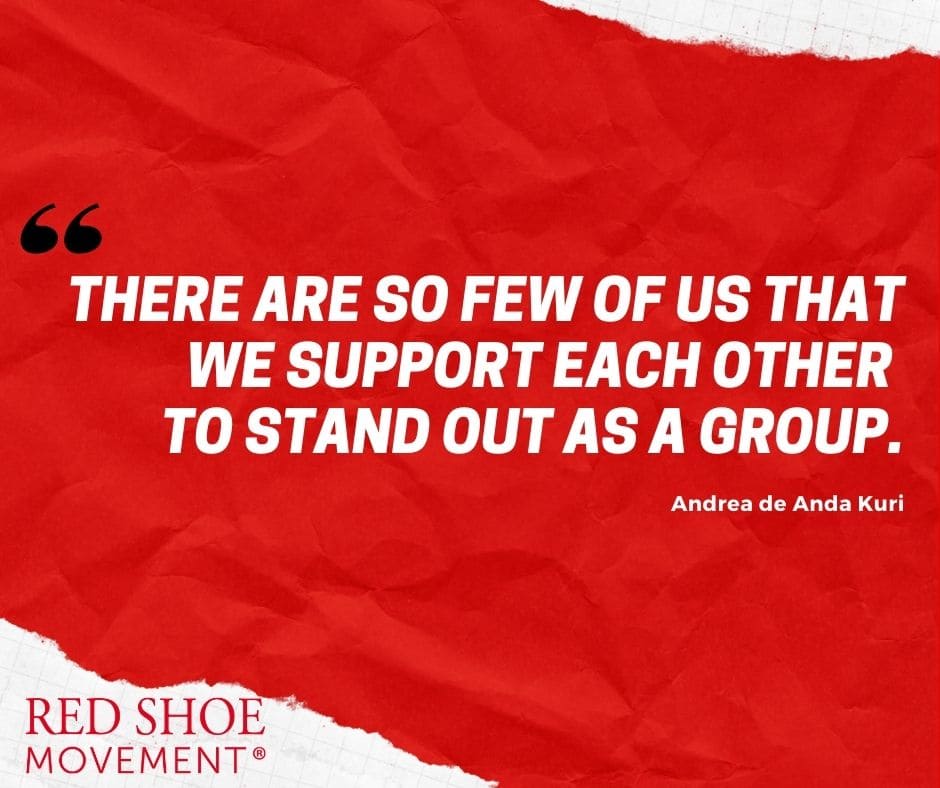
Andrea participated with some engineering friends (3 other women and 2 men) in a competition, which they won. She says it was mainly targeted towards designers and marketers but that they decided to sign up anyway. “It was a good opportunity for another kind of learning. We, as engineers, sometimes lose touch with reality. Everything we do is for an end user, and I think this contest helped us to remember the more human side of things.”
She also acknowledges the importance of teamwork. “Many believe that they don’t need to work with others, that they can do it alone. But I believe it’s very important to learn how to do it. It was -and sometimes still is- difficult for me to work as a team, but I’ve been trying to change that because I realized that when you work well with a team you can get very good results, often even better than if you had worked alone.”
Dissolving the glass ceiling and fostering inclusion
SF –Do you think that it’s a very competitive field?
AAK –I think it can be, and as women we will have to find a way for people to realize that we can do the same or better than the rest. That doesn’t mean that we want to be hired for being women, but we do want to be given the same opportunities.
Andrea and her friends share class notes and sometimes they even share a notebook where each one takes notes on a different part of the class. This collaborative notebook is a perfect example of the kind of teamwork she’s talking about.
Andrea studies with her classmates, but she also allows herself to relax. “The truth is that I never gave up my social life for school.” She sometimes goes for lunch with her friends or to the gym. She’s also started learning guitar now.
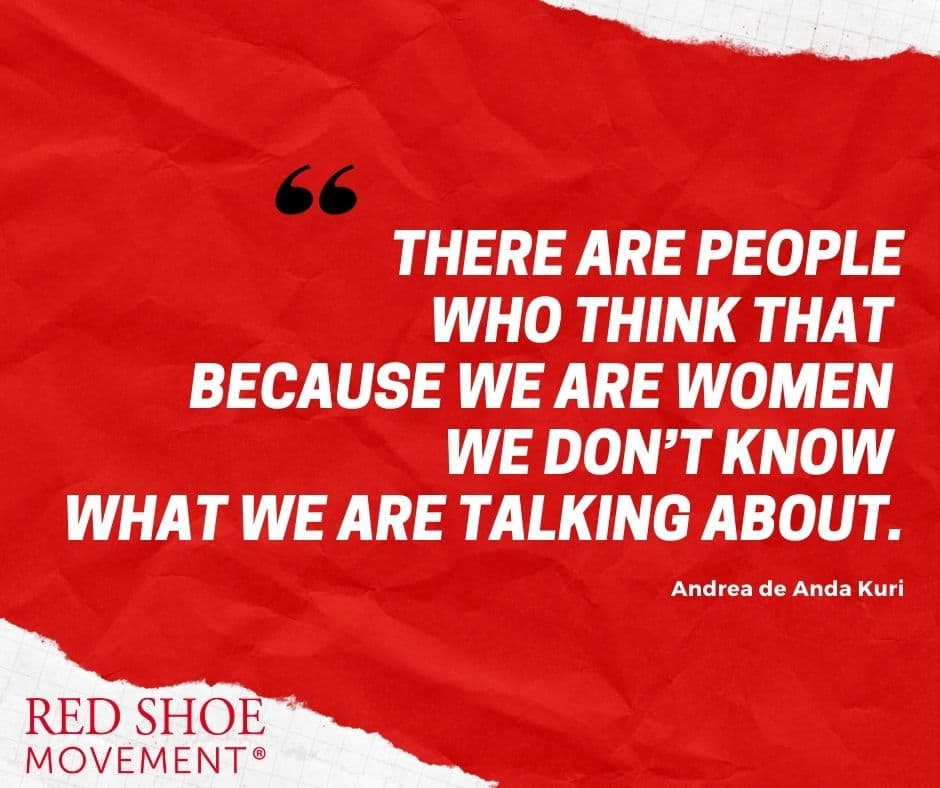
Women in STEM: 7 Keys by Andrea de Anda Kuri
1Do something you like: “When I do something that I like and enjoy, it doesn’t feel like a burden, and I can dedicate many hours to it, sleepless nights, or whatever is necessary. And find yourself a motivation, which goes hand in hand with that.”
2Don’t compare yourself to others: “You can see their success without thinking ‘they are doing better than me.’ Don’t let it feel like a competition, on the contrary, use the success of others as a way to motivate yourself. When it’s not others trying to bring you down, make sure you aren’t doing it yourself. Measure your success and your progress with your own standards, not somebody else’s.”
3Remember that you are not alone: It’s a complicated journey and many people will doubt our talent or believe that we cannot do it because we are women, but in time you’ll see it is worth it. Work as a team and create a support network around you.
4Complement yourself with other women: In connection to the previous point, “you have other women around who are going to help you, and if we help each other, we will be able to stand out more.”
5Develop your network and your reputation: “Networking is very important, and so is creating a good image. See where else you can get involved, what extracurricular activities, etc. I also get along well with professors, and they might eventually be able to be my references, or write me a letter of recommendation.”
6Get organized: “I like routines, I keep timetables to stick to deadlines. And although I think it’s not necessary to follow tight schedules very strictly all the time, doing it as much as possible definitely helps.”
7Learn to deal with frustration: “It’s something that I found really difficult to accomplish. But I think it’s important to realize that sometimes things don’t turn out 100% as you expect, and that this is not a bad thing, nor does it have to discourage you or make you give up. You have to get back on your feet as many times as needed.” Sometimes things go well, others not so much. It’s a cycle, the key is to keep moving.
And with this cue I ask her the last question, and almost ironically the answer takes us back to the beginning of the talk, as if our conversation also represented a cycle.
SF –So how did you learn to deal with frustration?
AAK –I think it takes us back to the beginning, with my family. I’ve always seen that they don’t give up, so I don’t want to either. They’ve always taught me that even when things don’t work out, we get back up and figure out a way to get them done. You have to understand that it’s okay to not do everything perfectly. And trust that you are going somewhere. You may still not know where, but you are going.






